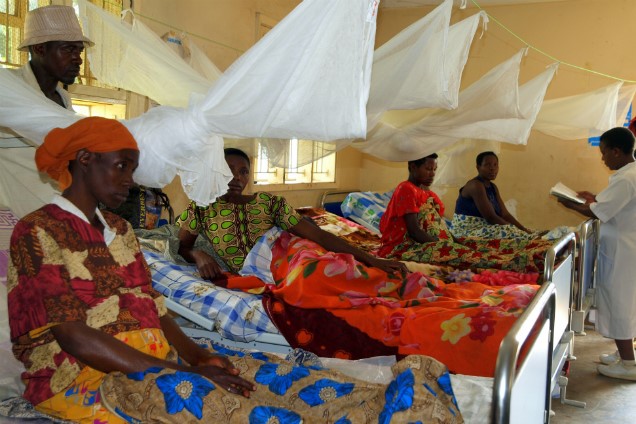Shirley, Year 10, looks at Obstetric Fistula, the most devastating and serious childbirth injury and explores why the injury is so common in developing countries, and the impact it has on the life of women.
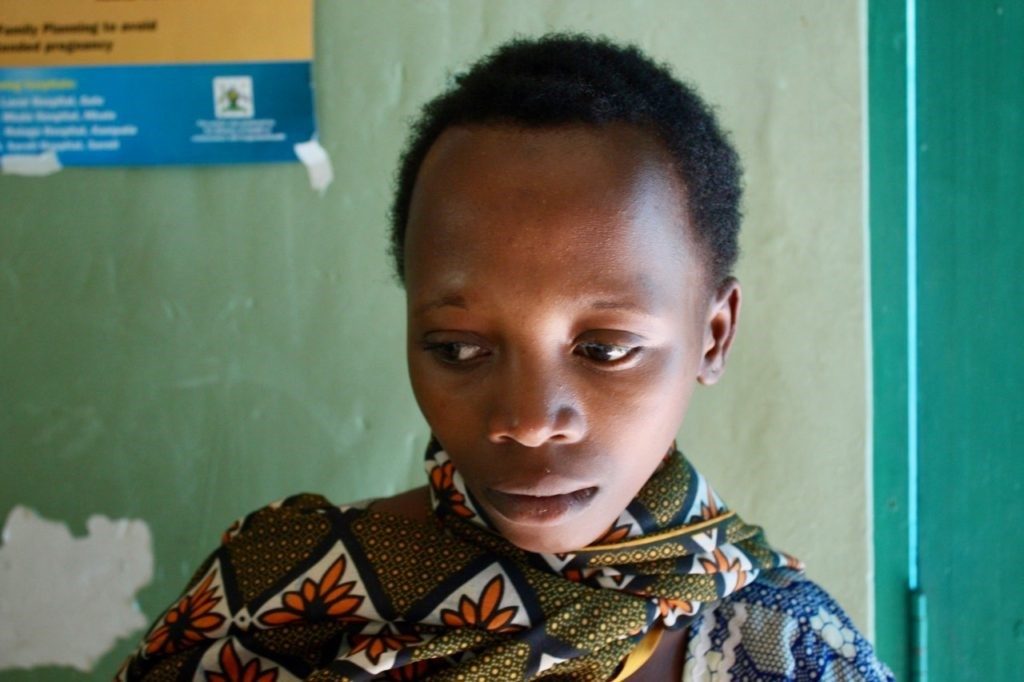
‘Obstetric Fistula is the worst thing you’ve never heard of’
An obstetric fistula is often considered as ‘one of the most serious and tragic childbirth injuries’, yet very few people have heard of it.
An obstetric fistula is a hole between the vagina and rectum or bladder and is caused by prolonged, obstructed labour without access to timely, high-quality medical treatments such as an emergency C-section. In the case of an obstructed labour, the fetus is unable to come out of the mother’s body, usually because the baby is too big, or is in the wrong position.
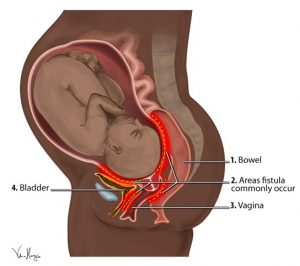 Days of unrelieved labour creates compression and cuts off both blood supplies to the baby and the mother’s internal soft tissue, causing both to die. The dead tissue results in holes (fistulas) in the walls separating the woman’s reproductive and excretory systems.
Days of unrelieved labour creates compression and cuts off both blood supplies to the baby and the mother’s internal soft tissue, causing both to die. The dead tissue results in holes (fistulas) in the walls separating the woman’s reproductive and excretory systems.
Why is it so common in developing countries?
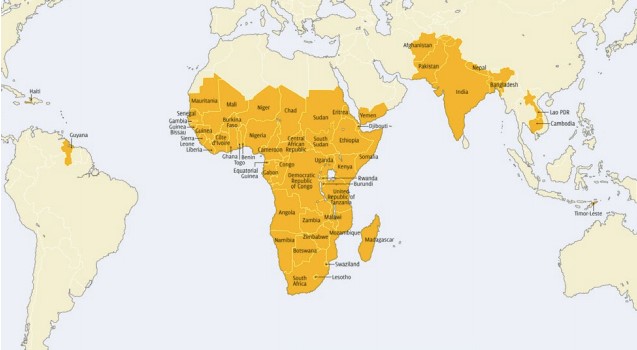
Obstetric fistula has been virtually eradicated in developed countries due to the availability of good medical care, such as the C-section and obstetric facilities.
However, this is not the case in developing countries.
Obstetric fistula occurs among women who live in low-resource countries, who give birth without access to medical help. There is often a lack of access to medical facilities, lack of adequately trained medical staff and not enough medical supplies and equipment.
It is estimated that there may be at least two million women and girls, living in poverty, who suffer from fistula. The problem is particularly prevalent in Africa, parts of Asia, parts of Latin America, the Arab States region and the Caribbean.
In many developing countries, girls tend to marry and begin childbearing at a very young age, often before their body is sufficiently developed to cope with this. The lack of formal education and the access to accurate information about family planning, pregnancy and childbirth also make the girls much more vulnerable to an obstructed labour. Cultural beliefs and traditions sometimes also prevent the girls from seeking the necessary medical care they need.
What is the impact of obstetric fistula on the life of women?
‘Obstetric fistula leaves women without hope’
As women with obstetric fistula are unable to control the flow of waste, they are often isolated due to their ‘foul smell’. Her community will almost always detach themselves from her. In many cases, her husband will also leave her and send her back to her own family.
‘She is scorned, bewildered, humiliated and isolated, often being cursed by God.’ – New York Times Column “New life for the Pariahs” on October 31st, 2009
Yet… it is neglected
Despite how life-threatening the condition is, fistula receives very little attention from the media and funding is virtually non-existent, representing 0.07% of annual global health funding. Awareness of fistula is limited as this condition is very rare in Europe and the US.
99% of women who get obstetric fistula will never have a chance at treatment and in order to stop this from happening, we need to raise our awareness of the condition.
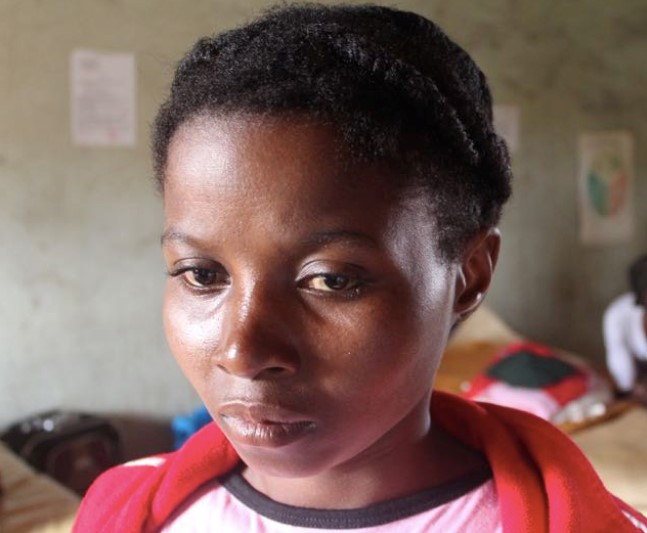
Photos from:
https://www.opfistula.org/obstetric-fistula/
https://www.who.int/features/factfiles/obstetric_fistula/en/ (World Health Organisation)
Further reading:
https://www.fistulafoundation.org/what-is-fistula/
https://www.opfistula.org/obstetric-fistula/
https://www.who.int/features/factfiles/obstetric_fistula/en/

